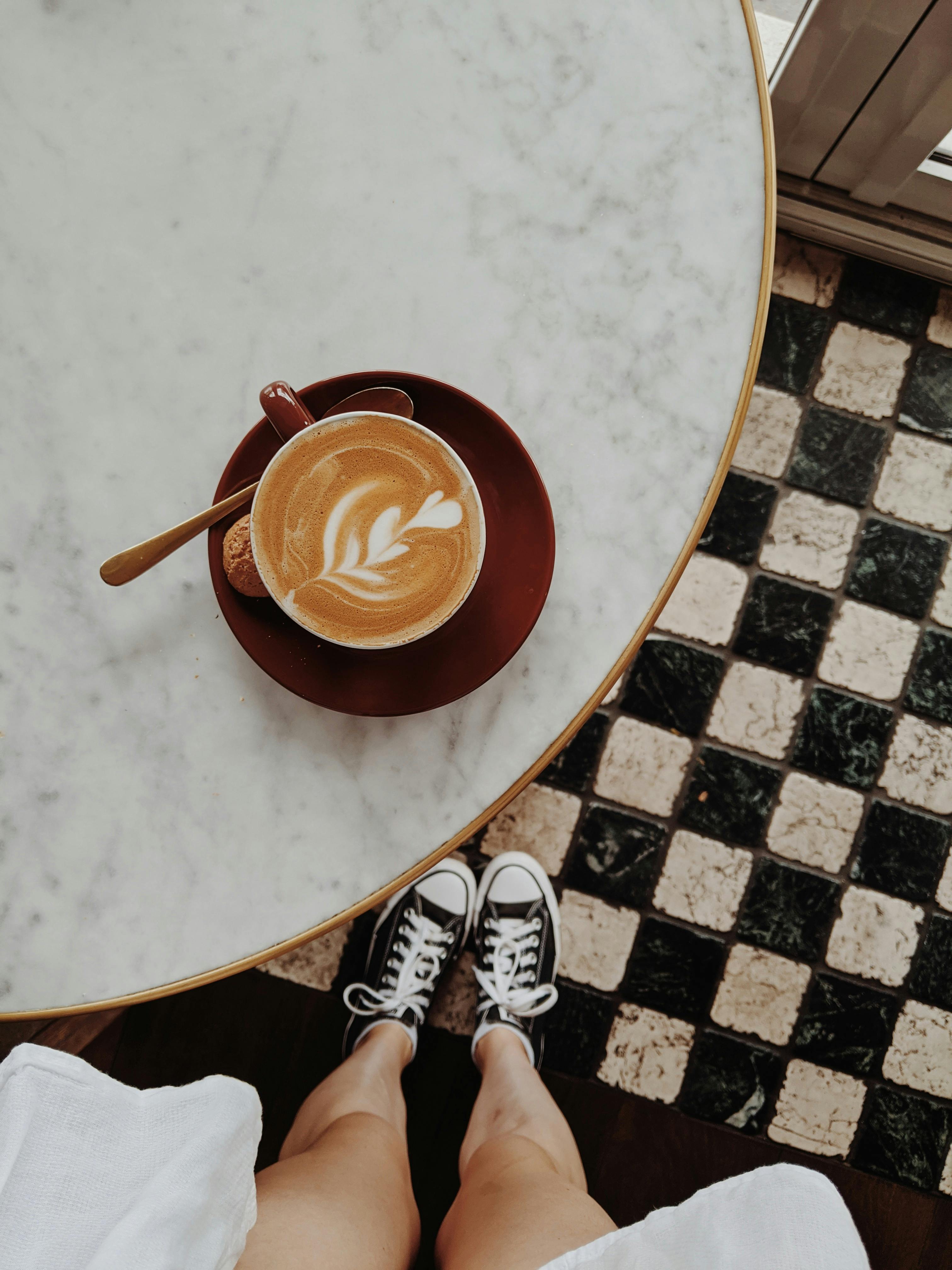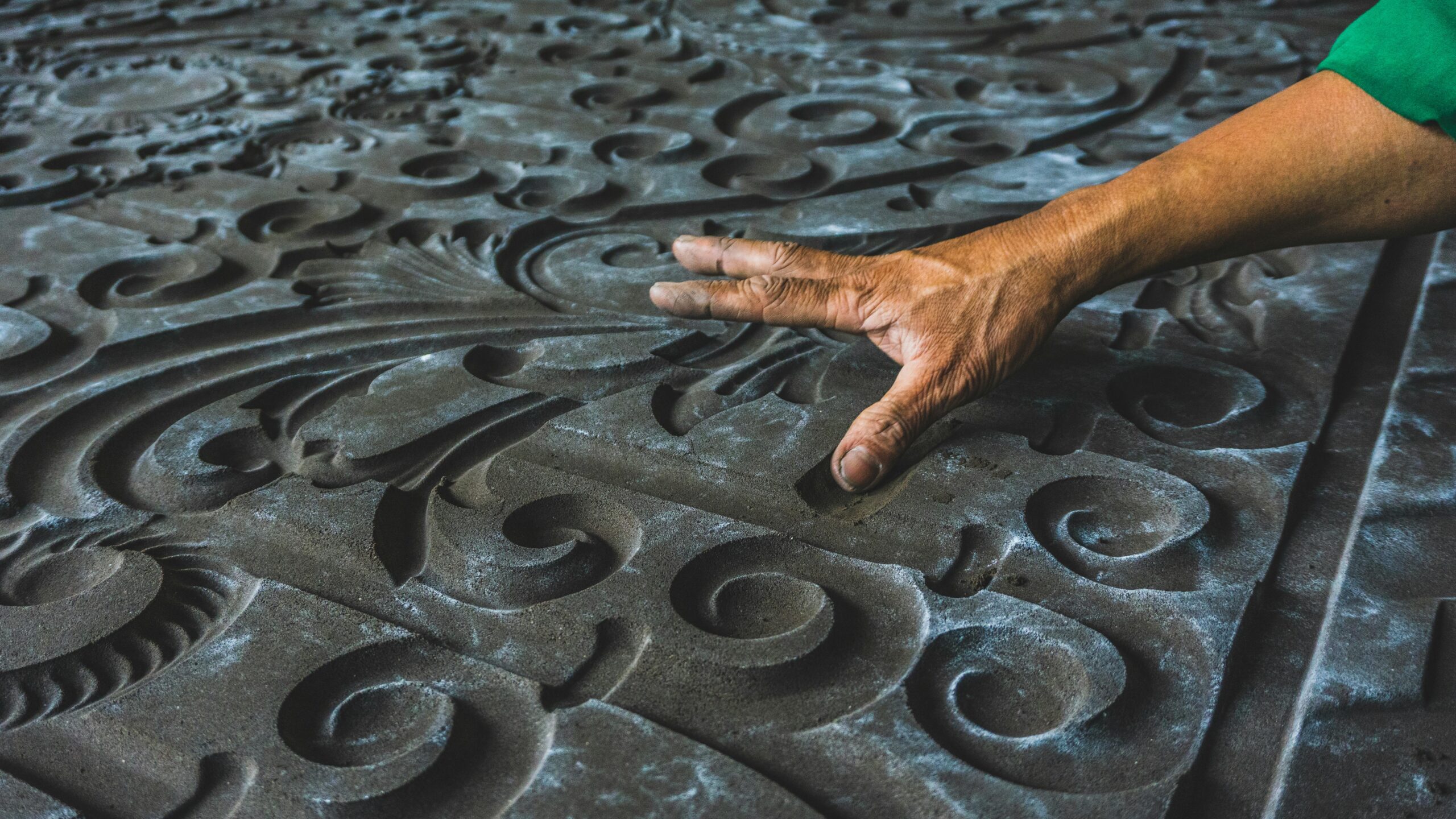Hierzig Art Fühlen: The Experience of Artistic Connection
Understanding the Essence of Hierzig Art
Hierzig Art, a unique expression of creativity, transcends traditional artistic boundaries. It combines emotional engagement and physical experience, inviting viewers to feel the art rather than just see it. This holistic approach allows for a deeper understanding of the artwork’s intentions and the artist’s emotions. By engaging with Hierzig Art, we uncover layers of meaning and connection that may be overlooked in conventional art forms. The power of this art lies in its ability to evoke feelings, making it an immersive experience that goes beyond visual appreciation.

The Emotional Impact of Art
Art has the profound ability to stir emotions, and Hierzig Art takes this impact to a new level. Unlike traditional art forms that may focus solely on aesthetics, Hierzig Art engages viewers on an emotional plane, often prompting introspection and reflection. Imagine standing before a piece that resonates with your own experiences or feelings; this connection creates a personal bond that enhances the appreciation of the art. In this way, Hierzig Art fosters a relationship between the viewer and the artist, encouraging dialogue and connection that enriches the experience.
Physical Interaction with Art
One of the distinguishing features of Hierzig Art is the invitation for physical interaction. Viewers are encouraged to touch, move, or even alter the artwork in some cases. This interaction transforms the passive act of viewing into an active engagement, where the audience becomes part of the artistic process. For example, in installations featuring textured surfaces, touching the art may evoke memories or feelings, enhancing the sensory experience. This blend of tactile engagement with emotional resonance sets Hierzig Art apart from other forms.
Techniques Used in Hierzig Art
The creation of Hierzig Art involves innovative techniques that prioritize both form and feeling. Artists experiment with mixed media, integrating materials that invoke various textures and sensations. The choice of color, shape, and medium plays a crucial role in expressing emotions, often reflecting the artist’s inner world or societal themes. The use of light and shadow further enhances this expression, creating a dynamic interplay that captivates the viewer’s attention and imagination. By analyzing these techniques, we can better appreciate the complexity and depth of Hierzig Art.
Mixed Media and Textures
Mixed media is a hallmark of Hierzig Art, allowing artists to blend different materials and mediums to evoke diverse sensory experiences. Textures, in particular, invite the viewer to engage physically and emotionally with the art. For instance, combining rough and smooth surfaces or incorporating natural elements can create a tangible experience, drawing observers closer. This technique not only enhances the visual appeal but also encourages exploration and interaction, making the art come alive as viewers trace their fingers over varying surfaces.
The Role of Color and Emotion
Color is a powerful tool in Hierzig Art, capable of evoking specific emotions and setting the mood. Warm colors might create feelings of joy or passion, while cooler tones may induce calm or contemplation. Artists carefully select their palette to ensure that the colors align with the piece’s emotional intent, guiding viewers toward a particular experience. Understanding this relationship between color and emotion can heighten our appreciation for Hierzig Art, as we learn to recognize how these elements influence our feelings.
Connecting Through Hierzig Art: Case Studies
To illustrate the profound impact of Hierzig Art, consider case studies of artists who excel in this immersive expression. Their work not only embodies aesthetic beauty but also emphasizes emotional connection and viewer participation. By examining specific pieces and the artists’ intentions, we gain insights into how Hierzig Art transcends mere visuality and speaks to the heart of human experience. Such reflections underscore the potential of art to foster connection and dialogue within our communities.
Case Study: Artist A’s Approach
Artist A creates immersive installations designed for active participation. One notable example is an interactive piece where viewers are invited to walk through a maze of fabric, each texture chosen for its emotional significance. Visitors often report feeling a sense of vulnerability and discovery as they navigate through the space. This physical engagement alters their perception of the art, turning a passive experience into a journey of self-exploration and emotional revelation.
Case Study: Artist B and Cultural Reflection
Artist B focuses on social themes, using Hierzig Art to reflect cultural narratives and personal stories. In a recent exhibit, components of their work featured discarded materials from urban environments, inviting viewers to participate in reshaping the installation. This act of participation fosters a connection to the community narrative, encouraging observers to reflect on their own experiences within the urban landscape. The combination of tactile engagement and social commentary makes Hierzig Art a powerful vessel for depth and understanding.
Key Takeaways
- Hierzig Art invites viewers to engage emotionally and physically with the artwork.
- Techniques like mixed media enhance sensory experiences and emotional resonance.
- Color choices in Hierzig Art significantly impact the emotional journey of the viewer.
- Case studies highlight how Hierzig Art fosters connection and reflection within communities.
FAQ
1. What is Hierzig Art?
Hierzig Art is an innovative form of artistic expression that emphasizes emotional engagement and physical interaction. It seeks to create a deeper connection between viewers and artists by allowing the audience to experience art on multiple sensory levels. This immersive experience encourages reflection, exploration, and personal interpretation of the artwork.
2. How does Hierzig Art promote emotional engagement?
Hierzig Art promotes emotional engagement through its use of color, texture, and interactive elements that encourage the audience to connect personally with the artwork. By inviting viewers to feel and interact with the pieces, artists create a space for introspection and meaningful connections that transcend traditional viewing experiences.
3. What techniques do artists use in Hierzig Art?
Artists utilize various techniques in Hierzig Art, including mixed media, varying textures, and strategic color choices. By blending different materials and intentionally designing their work, they evoke emotional responses and physical interactions, making the art immersive and participatory.
4. Can you provide an example of Hierzig Art in practice?
A great example of Hierzig Art is Artist A’s interactive fabric maze installation, which allows viewers to physically navigate through varying textures, creating an emotional journey as they explore their own feelings of vulnerability and discovery among the fabric.
5. How does Hierzig Art differ from traditional art forms?
Unlike traditional art forms that often depend on visual aesthetics alone, Hierzig Art prioritizes engagement and interaction. Viewers become active participants in the art-making process, fostering emotional connections and deeper insights into the artwork through their personal experiences and explorations.
